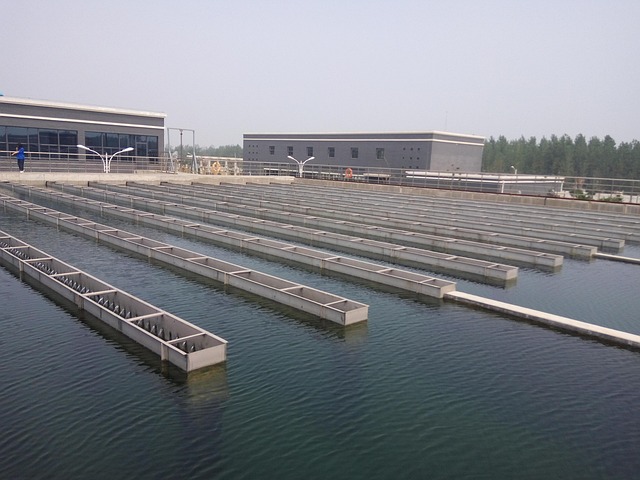Rapid Triage Protocols for Suspected Subsurface Water Intrusions
A concise triage protocol helps responders quickly assess suspected subsurface water intrusions, prioritize actions, and reduce downstream impacts. This article outlines practical steps and technology integrations—from acoustics and thermography to IoT and fiberoptic monitoring—to support timely decision-making and safe, efficient surveying and excavation.

Early recognition and structured triage are essential when subsurface water intrusion is suspected. Rapid protocols prioritize human safety, minimize asset damage, and guide choices about noninvasive surveying versus targeted excavation. A consistent workflow reduces false positives, clarifies when to call specialists, and preserves evidence needed for later validation and calibration of detection equipment. Emphasizing modular steps—initial observation, remote sensing, targeted verification, and controlled excavation—helps teams coordinate with local services, utilities, and asset owners while managing risks to pipelines and subsurface infrastructure.
How do acoustics and sensors aid triage?
Acoustic methods and portable sensors are commonly used first in a triage. Handheld acoustic leak detectors, geophones, and hydrophones can pick up flow or pressure-induced sounds through pipe walls and soil, helping to localize probable intrusion zones without breaking ground. Complementary sensors—pressure transducers, humidity probes, and moisture meters—provide quantitative readings to support operator judgment. Sensor data feeds should be timestamped and logged for analytics, enabling comparisons over time. In rapid response, acoustics and basic sensors help determine whether a full surveying campaign or immediate isolation of a pipeline is warranted.
Can thermography and infrared surveys detect intrusion?
Thermography and infrared imaging are valuable when temperature contrasts exist between leakage flow and surrounding ground. Aerial or ground-based infrared surveys can reveal cooler or warmer anomalies associated with water movement, particularly where shallow subsurface plumbing or saturated zones alter surface temperatures. Thermography is non-contact and can cover wide areas quickly, but interpretation requires care: surface vegetation, solar loading, and ambient conditions affect readings. Used in combination with acoustic localization and mapping, infrared helps refine the triage footprint before committing to excavation or invasive testing.
What roles do mapping, surveying, and analytics play?
Accurate mapping and surveying translate sensor and survey findings into actionable plans. Geographic mapping integrates asset models, as-built pipeline data, and survey points to create a spatial picture of likely intrusion zones. Analytics tools can correlate acoustic signatures, infrared anomalies, and moisture measurements to prioritize further investigation. Surveying teams should document coordinates, depths, and contextual features for validation. Effective analytics reduce unnecessary disruption by focusing excavation where evidence converges, and they enable post-event review to improve calibration and future triage decisions.
When is pipeline or subsurface excavation required?
Excavation is a last resort in triage, used when noninvasive methods cannot validate a leak or when immediate physical repair or isolation is necessary. Decisions should weigh the risk to pipelines and nearby utilities, regulatory constraints, and the potential for collateral damage. Before excavation, crews should verify subsurface layouts, engage local services to mark utilities, and have tools for controlled removal and shoring. Targeted, small-footprint digs guided by prior acoustics, infrared, or fiberoptic localization minimize disruption and speed resolution while preserving evidence for validation.
How are validation and calibration performed in the field?
Validation confirms that an observed anomaly is indeed a water intrusion; calibration ensures sensors and instruments are producing reliable measurements. Field validation can include controlled water tests, dye tracing where appropriate, or pressure checks on isolated pipeline segments. Calibration routines involve using known references—calibration syringes for moisture probes, temperature references for thermography, or calibrated acoustic sources—to adjust instruments before and after surveying. Maintaining calibration logs and validation records supports forensic analysis and helps improve protocol accuracy over time.
How do IoT and fiberoptic systems support ongoing monitoring?
IoT and fiberoptic sensing expand triage capabilities from occasional surveys to continuous monitoring. Distributed fiberoptic sensing can detect temperature shifts or strain changes along pipeline corridors in real time, while IoT sensor nodes report pressure, humidity, and acoustic metrics to cloud analytics platforms. These systems enable earlier detection, automated alerts, and remote triage workflows where field teams receive prioritized investigation zones. Integration with mapping and analytics enhances situational awareness and reduces response times for suspected subsurface intrusions.
Rapid triage relies on layered techniques: start with safe, reversible assessments using acoustics, sensors, and thermography; refine with mapping and analytics; and proceed to validation and calibrated excavation only when necessary. Clear documentation, coordination with local services and utilities, and use of IoT or fiberoptic monitoring where feasible improve both immediate outcomes and long-term detection capability. Consistent protocols allow responders to make evidence-based decisions that balance operational urgency with preservation of infrastructure and environment.






